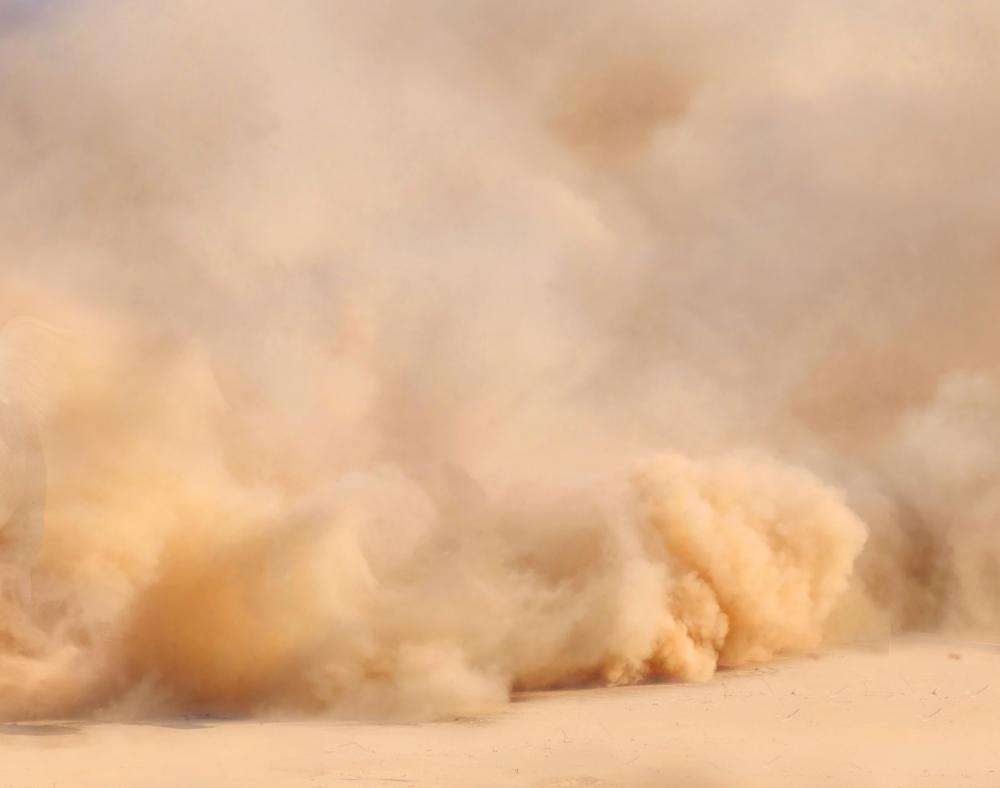At WiseGEEK, we're committed to delivering accurate, trustworthy information. Our expert-authored content is rigorously fact-checked and sourced from credible authorities. Discover how we uphold the highest standards in providing you with reliable knowledge.
Where is Timbuktu?
The city of Timbuktu is located in the African nation of Mali, near the Niger river. While the population and influence of the city have declined, Timbuktu was at one point a major seat of Muslim and African culture, with thousands of traders streaming through it every day to trade goods such as gold, salt, spices, silk, and perfume. Founded by the Nomadic Tuareg in the 11th century as a camp, Timbuktu reached its height in the 14th century when it was integrated into the Malian empire, and was sacked by invaders in the 16th. The population of Timbuku has since dwindled, and the famous city is further threatened by desertification and the Sahara, which deposits tons of sand on the city yearly through sandstorms.
The word Timbuktu comes from the language spoken by the Tuareg nomads: the archaic English spelling is Timbuctoo. Related to the Berbers and other Arab traders, the Tuareg speak Timbuktu Tamasheq, a dialect which today is known to only a handful of speakers but was once spoken by many more. Although English speakers associate the city with distance and mystery, it was well known to Arabs and other traders when it served as a hub of culture and commerce during the 14th and 15th centuries.

Timbuktu's location close to the Niger river makes it a natural choice for commerce, and also provides citizens with sustenance and shelter. The architecture in Timbuktu is marked by the use of mud as a building material, with most buildings being low to the ground with slightly rounded edges and flat roofs. Citizens often use the roofs as an outdoor room and workspace, when sand storms do not make the outdoors too dangerous. Timbuktu is also home to several famous mosques, including Sankore, Djingareyber, and Sidi Yahya, all of which are made from the distinctive mud which characterizes buildings in Timbuktu.

The growing threat to Timbuktu from the sands of the Sahara led the United Nations to designate it a World Heritage Site in 1988, and as a site in danger in 1990. This designation allowed the city to get assistance with restoration of famous buildings like Djingareyber mosque. Sidi Yahya, with its Moorish-influenced architecture, is still in use as an active mosque and is in good repair. Sankore is in poor shape, although the distinctive pyramid shaped mihrab is still intact. Islamic scholars hope to restore the mosque, which was once located at the heart of the University of Timbuktu, the seat of Islamic learning in the city.

Due to desertification and related issues, Timbuktu is a very difficult city to live in. The hot dry harmattan wind brings colossal amounts of sand into the city yearly which threaten homes, agriculture, and the water supply in addition to damaging the famous architectural features of the city. The city has attempted to preserve its heritage through cooperation with international organizations, and established the Ahmed Baba Center in 1974 to preserve priceless Muslim manuscripts from the famous libraries of Timbuktu.
AS FEATURED ON:
AS FEATURED ON:













Discussion Comments
I would love to travel to Timbuktu, however the idea of the dangerous sand storms makes it a little less appealing. I suppose that would also make it more of an adventure, though.
I think Timbuktu has unfortunately become something of an idiom for a place that is far away; "as far as Timbuktu" is almost synonymous in the United States at least as being too far away to know or care about. This is probably not a great thing, because it shows the general attitude of disinterest in what goes on in other parts of the world.
Post your comments